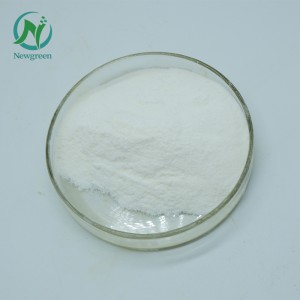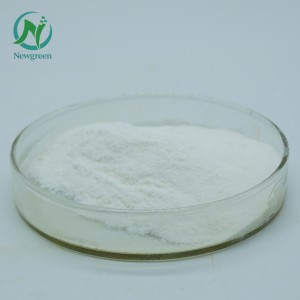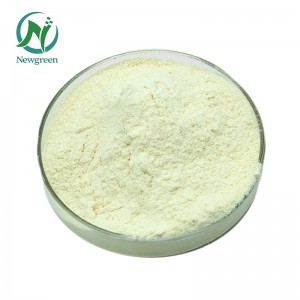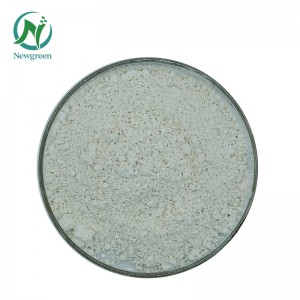Food Additive 99% tannase enzyme powder food grade CAS 9025-71-2 tannase enzyme

Product Description
Tannase is an enzyme. It plays an important role in chemistry and biology. The following are some basic physical and chemical properties of tannase:
1.Reaction substrate: Tannase mainly acts on tannic acid and its derivatives. It hydrolyzes tannic acid molecules, breaking them down into lower molecular weight compounds such as deoxytannic acid, dehydrogentisic acid and nortannic acid.
2.Reaction conditions: The activity of tannase is affected by temperature, pH value and tannic acid concentration. Under appropriate temperature and pH conditions, tannase can exert optimal enzyme activity. Generally speaking, tannase enzyme activity is highest around 50-55 degrees Celsius and pH 4-5.
3.Application fields: Tannase is widely used in food, brewing, textile, leather and other industries. It can be used in the production of tea, coffee, beer, wine and other beverages to remove or reduce the content of tannic acid and improve the taste and flavor. In addition, tanninase is used in the production of dyes and tanning agents, as well as in the manufacture of cosmetics and personal care products. In recent years, tannase has also received research and attention for its applications in environmental management and feed additives.
4.Enzymatic properties: Tannase belongs to the hydrolase class. It can hydrolyze the ester bond in tannic acid molecules to produce tannic acid hydrolyzate. The catalytic reaction of tannase usually follows Michaelis-Menten kinetics, and its enzymatic hydrolysis rate is proportional to the substrate concentration. In addition, tannase has certain thermal stability and can maintain a certain enzyme activity within a certain temperature range.
In summary, tannase is an enzyme that plays an important role in chemistry and biology. It can hydrolyze tannic acid molecules and has a wide range of uses. It plays an important role in the food, brewing, textile, leather and other industries. The activity of tannase is affected by temperature, pH value and substrate concentration, and its enzymatic properties are also in line with common enzymatic laws.
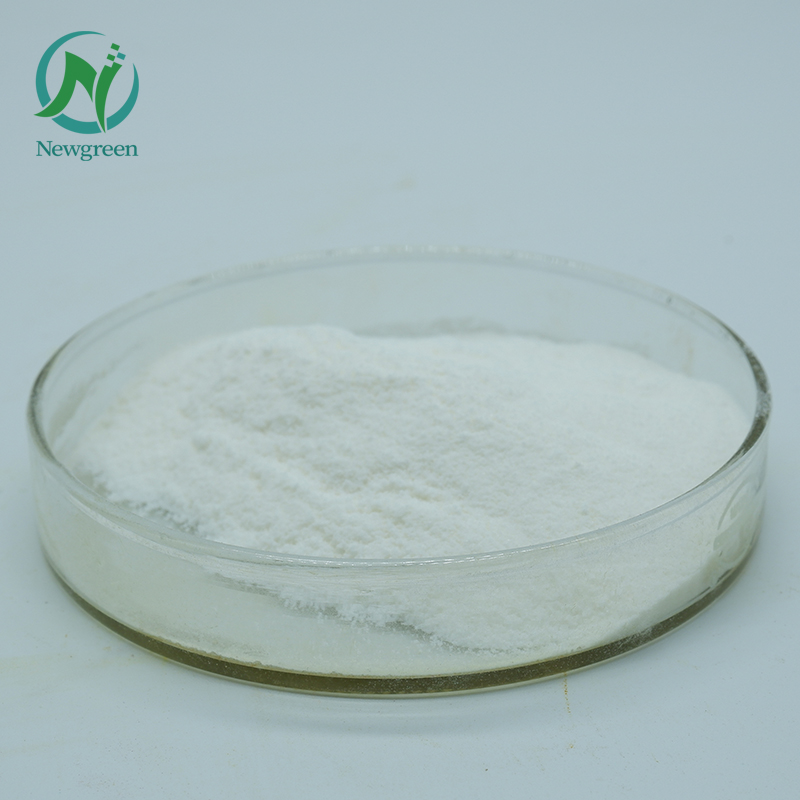
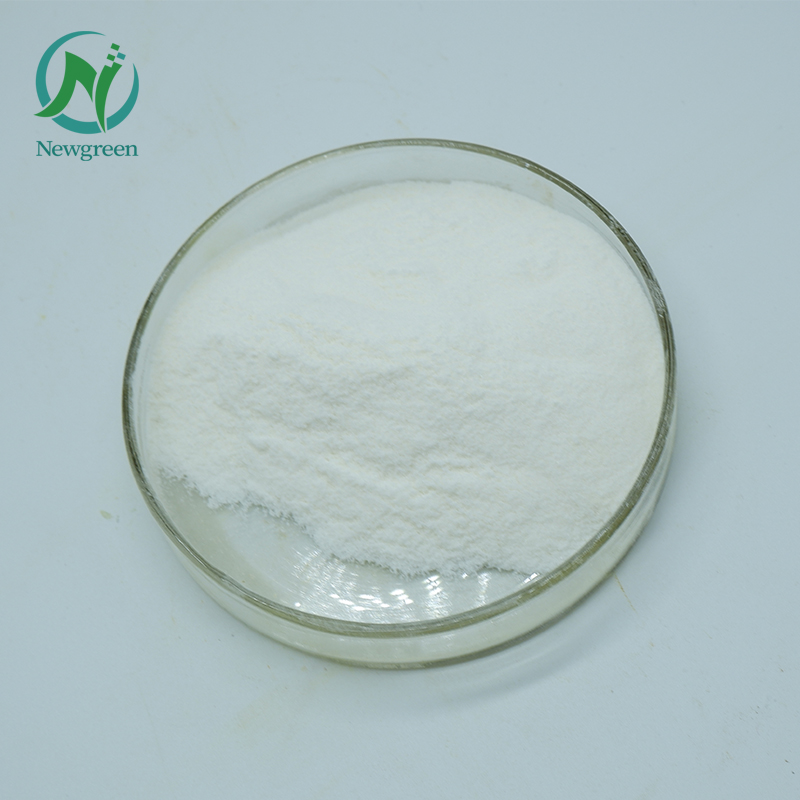
Function
Tannase is an enzyme also known as tannase. Its main function is to hydrolyze tannic acid and its derivatives into low molecular weight products. The functions of this enzyme are mainly reflected in the following aspects:
1.Bitter Tannins: Tannins are polyphenolic compounds commonly found in plants that have a pungent and bitter taste. In the production of tea, coffee, beer, wine and other beverages, tanninase can be used to remove or reduce the content of tannic acid and improve the taste and flavor of the product.
2.Improve the stability of certain foods: Tannins in some foods may combine with proteins to form precipitates or cloudy substances. Tannase breaks down this tannin-protein complex, improving food stability and clarity.
3.Promote digestion and absorption: Tannins combine with other nutrients in food, such as proteins and minerals, to reduce their digestion and absorption by the body. The function of tannase is to hydrolyze tannic acid into low molecular weight products, reduce the combination with other nutrients, and improve the utilization efficiency of nutrients in food.
4.Applications in the tanning industry: In the textile and leather industries, tannins are used in the production of dyes and tanning preparations. Tannase can be used to break down residual tannic acid and reduce environmental impact.
Application
Tannase is a tannase enzyme that hydrolyzes tannic acid molecules, breaking them down into lower molecular weight compounds. Therefore, it has many applications in the following industries:
1.Food processing industry: Tannase is widely used in food processing. It can be used in the production of tea, coffee, beer, wine and other beverages to reduce tannic acid content and improve taste and flavor. In addition, it can also be used in the production of preserves to remove tannins in fruits and enhance the texture and taste of preserves.
2.Enzyme preparation industry: Tannase is widely used in the production of enzyme preparations. It can be used to prepare enzyme preparations with detanning activity for dyeing and tanning processes in the textile and leather industries.
3.Cosmetics and personal care products industry: Tanninase can be used in the manufacturing of cosmetics and personal care products to improve product stability and texture. It can be used to remove precipitation and bad odors associated with tannins and improve product quality and quality.
Biotechnology: Tannase also has some applications in biotechnology. It can be used for the detection and determination of tannins, and can be used to study the content of tannins in food and beverages and the metabolic mechanism of tannins in plants.
Related Products:
Newgreen factory also supplies Enzymes as following:
| Food grade bromelain | Bromelain ≥ 100,000 u/g |
| Food grade alkaline protease | Alkaline protease ≥ 200,000 u/g |
| Food grade papain | Papain ≥ 100,000 u/g |
| Food grade laccase | Laccase ≥ 10,000 u/L |
| Food grade acid protease APRL type | Acid protease ≥ 150,000 u/g |
| Food grade cellobiase | Cellobiase ≥1000 u/ml |
| Food grade dextran enzyme | Dextran enzyme ≥ 25,000 u/ml |
| Food grade lipase | Lipases ≥ 100,000 u/g |
| Food grade neutral protease | Neutral protease ≥ 50,000 u/g |
| Food-grade glutamine transaminase | Glutamine transaminase≥1000 u/g |
| Food grade pectin lyase | Pectin lyase ≥600 u/ml |
| Food grade pectinase (liquid 60K) | Pectinase ≥ 60,000 u/ml |
| Food grade catalase | Catalase ≥ 400,000 u/ml |
| Food grade glucose oxidase | Glucose oxidase ≥ 10,000 u/g |
| Food grade alpha-amylase
(resistant to high temperatures) |
High temperature α-amylase ≥ 150,000 u/ml |
| Food grade alpha-amylase
(medium temperature) AAL type |
Medium temperature
alpha-amylase ≥3000 u/ml |
| Food-grade alpha-acetyllactate decarboxylase | α-acetyllactate decarboxylase ≥2000u/ml |
| Food-grade β-amylase (liquid 700,000) | β-amylase ≥ 700,000 u/ml |
| Food grade β-glucanase BGS type | β-glucanase ≥ 140,000 u/g |
| Food grade protease (endo-cut type) | Protease (cut type) ≥25u/ml |
| Food grade xylanase XYS type | Xylanase ≥ 280,000 u/g |
| Food grade xylanase (acid 60K) | Xylanase ≥ 60,000 u/g |
| Food grade glucose amylase GAL type | Saccharifying enzyme ≥ 260,000 u/ml |
| Food grade Pullulanase (liquid 2000) | Pullulanase ≥2000 u/ml |
| Food grade cellulase | CMC≥ 11,000 u/g |
| Food grade cellulase (full component 5000) | CMC≥5000 u/g |
| Food grade alkaline protease (high activity concentrated type) | Alkaline protease activity ≥ 450,000 u/g |
| Food grade glucose amylase (solid 100,000) | Glucose amylase activity ≥ 100,000 u/g |
| Food grade acid protease (solid 50,000) | Acid protease activity ≥ 50,000 u/g |
| Food grade neutral protease (high activity concentrated type) | Neutral protease activity ≥ 110,000 u/g |
factory environment
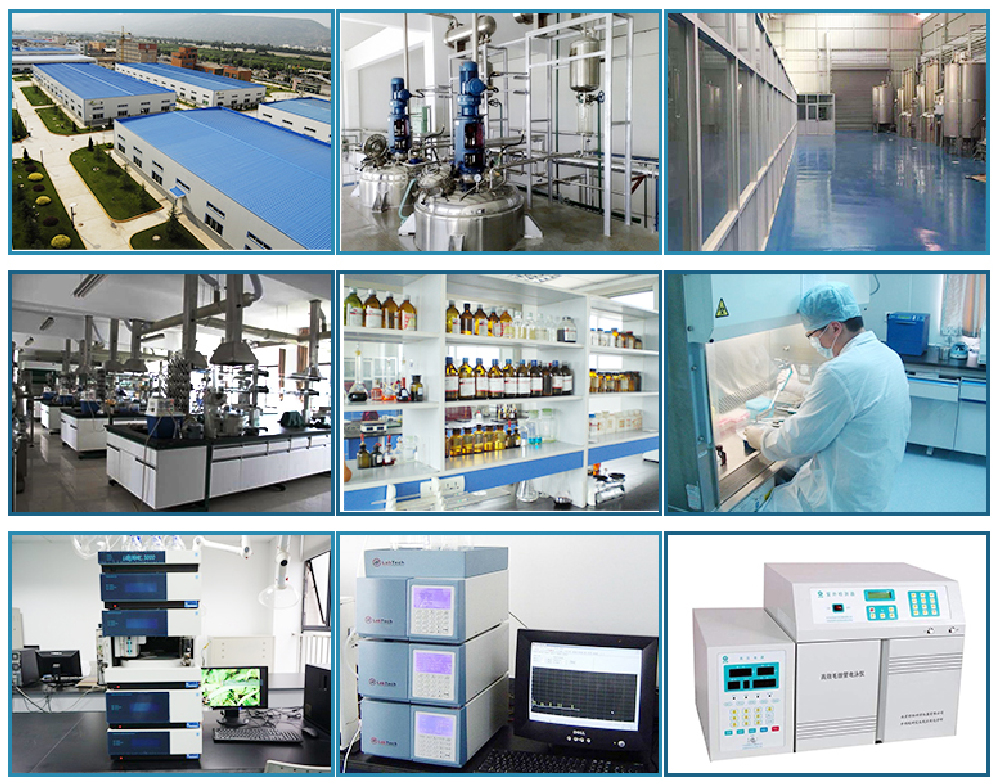
package & delivery

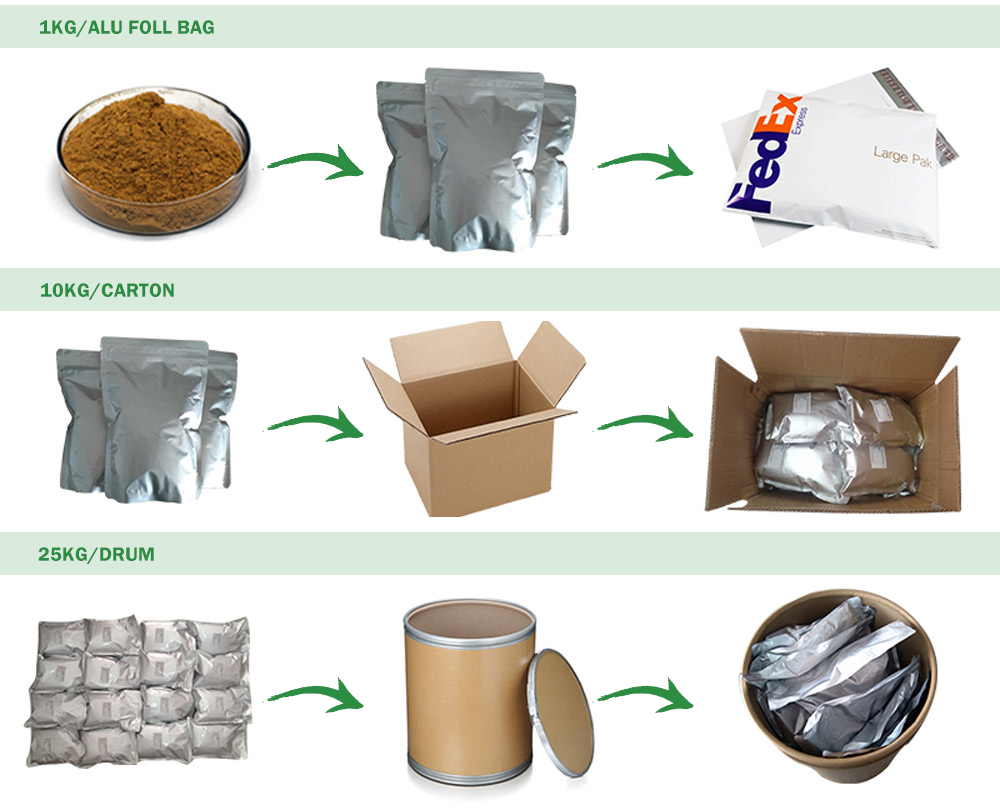
transportation





